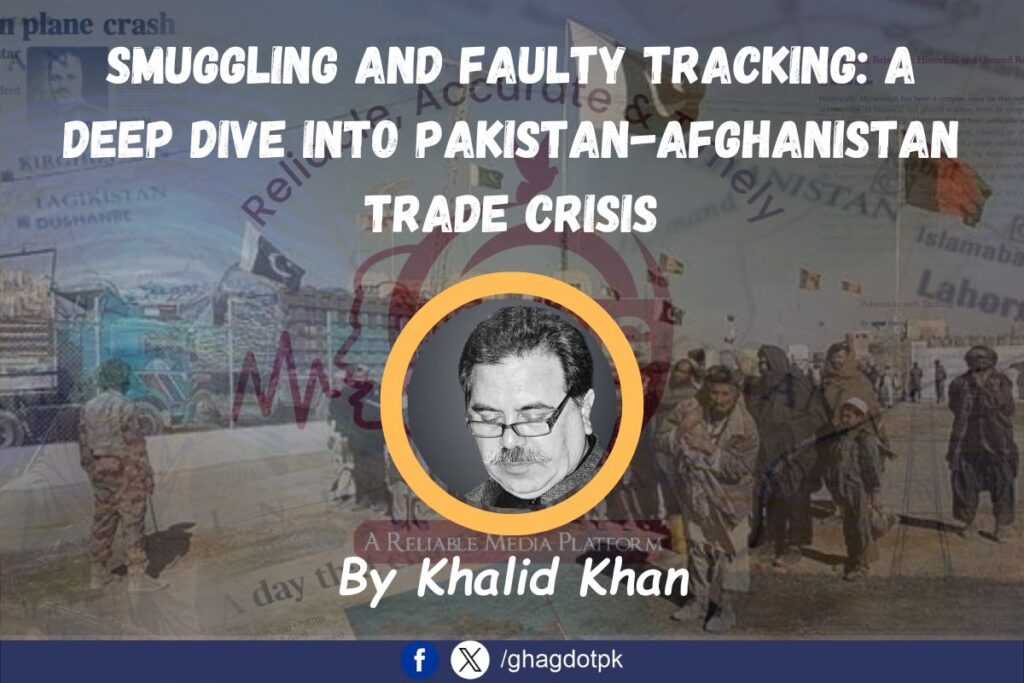By Khalid Khan
Between 2007 and 2010, nearly 28,000 Afghan transit containers mysteriously vanished, sparking one of the country’s most significant smuggling scandals. The case eventually landed in court, where a ruling in 2013 mandated the implementation of satellite tracking for monitoring Afghan transit cargo. A company was assigned the responsibility of this tracking system to combat smuggling and illegal trade.
However, as of 2025, the situation has taken a troubling turn. Despite the initial promise, the satellite tracking system has proven ineffective. The technology has failed to deliver on its objectives, with major discrepancies in the monitoring of Afghan transit containers. In response, the contract for satellite tracking has been canceled, and four new companies have been assigned to oversee the process. These companies will rely on human surveillance rather than the flawed satellite system to track the containers, raising questions about the practicality and transparency of the previous system.
Pakistan’s trade with Afghanistan is a critical component of its economy, with the Afghan Transit Trade (ATT) agreement facilitating the movement of goods. However, the smuggling volume has escalated over the years, with experts estimating that millions of dollars’ worth of goods are being diverted into the black market every year. According to Pakistan’s Federal Board of Revenue, smuggling, particularly of goods like electronics, chemicals, and fuel, has surged as the control mechanisms remain weak. The volume of smuggled goods is said to amount to billions of rupees annually, severely impacting legitimate trade and tax revenues.
Globally, advanced tracking systems have become a standard for international trade. For instance, systems like the Automated Commercial Environment (ACE) in the U.S. and the European Union’s customs declaration systems are equipped with cutting-edge technology to ensure the security and transparency of trade. These systems rely on a combination of satellite tracking, real-time data sharing, and automated customs clearance to minimize illegal activities.
In contrast, Pakistan’s reliance on human monitoring in the wake of failed satellite systems raises concerns about its ability to compete on a global scale. The shift from technology to manual oversight is seen by many as a step backward, particularly as global trade moves toward more automated and secure practices.
While the new system may curb smuggling in the short term, experts argue that Pakistan needs to invest in more robust, modern tracking technologies if it hopes to streamline trade and prevent illegal activities. The country faces an uphill battle in regaining its credibility as a reliable trade partner while tackling the endemic issue of smuggling, which continues to undermine its economy.
The struggle to implement an effective and transparent monitoring system in Pakistan’s Afghan transit trade underscores a larger issue: the challenge of modernizing Pakistan’s trade infrastructure while combating deep-rooted corruption and inefficiency. As authorities attempt to restore order, the question remains: will Pakistan ever be able to tackle the smuggling problem that has long plagued its borders?






